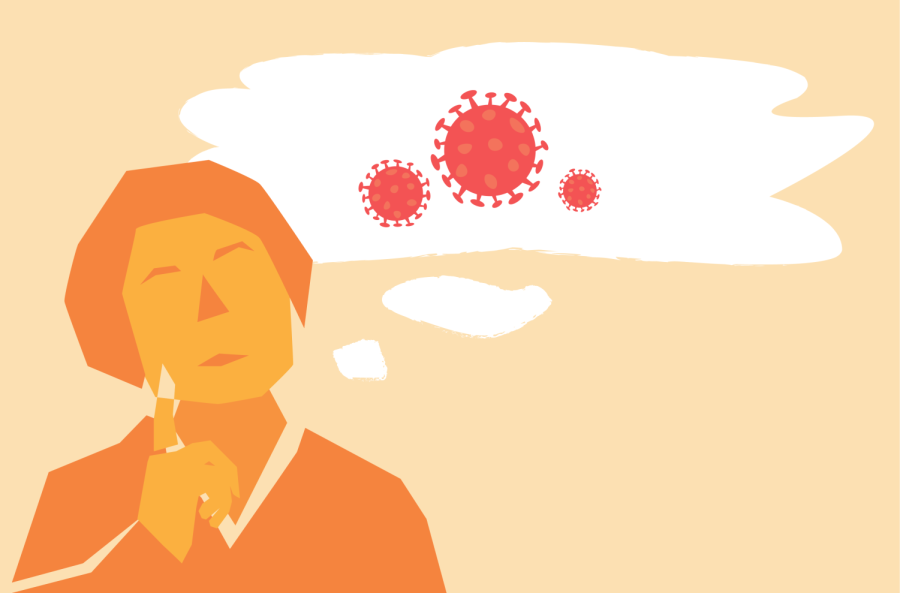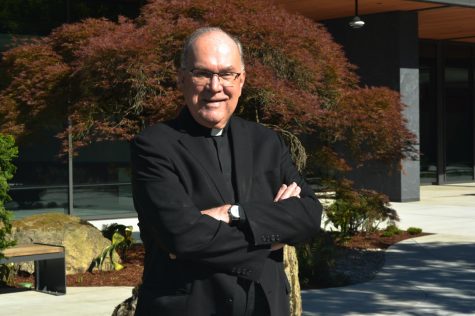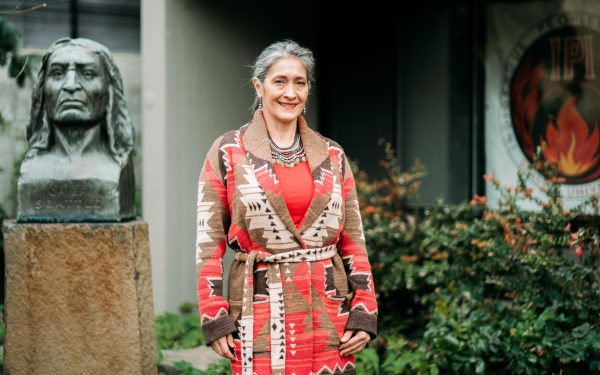Universities Look to Each Other on COVID-19 Policy
In the wake of the decision to shift classes virtual for the month of January, Seattle University has been deciding whether or not to return to in-person instruction in February. Seattle U made the decision to have a Jan. 31 return to in-person classes. This and other decisions related to COVID-19 are not unique to Seattle U, as universities have informed themselves based on the decisions of others around them and CDC guidelines.
Tara Hicks, the director of the Student Health Center, explained that staff from Student Health Services and other departments at Seattle U seek out information from other universities. She said that all the universities she’s worked with have been open to helping each other out and sharing ideas.
“In addition to regularly reviewing peer institutes’ COVID-19 websites, student health services staff from several universities in western Washington meet to discuss their plans around COVID-19 and to think through challenges,” Hicks wrote in a statement to The Spectator. “We also learn about the policies of other universities across the U.S. through the American College Health Association’s many webinars, discussion groups and surveys.”
Hicks added that all universities are facing similar challenges, especially surrounding COVID-19 information that is constantly changing.
“In March 2020, universities started with very minimal information but had to make significant decisions,” Hicks wrote. “But even now we are learning new information every day from the experiences, data, and research. Developing a university COVID-19 response plan is not just a one-time task, there must be regular review to evaluate what needs to change due to the new information and science that is available.”
The similarities in COVID-19 challenges are echoed in their plans of action. Christian Blair, a fourth-year recording arts student at Loyola Marymount University (LMU), described his university’s fall semester COVID-19 response. Over the summer, it was announced that some classes would be online, some in person and some hybrid.
“Fall semester definitely did have an element of this COVID-19 education that a lot of other schools have been facing and doing,” Blair said.
Angelica Chen, a second year pre-science student at the University of Washington (UW), described a system that is similar to Seattle U’s Safe Start Health Check.
“We have this text reminder daily check-in for students. Basically you get a text, and then they send you a link, you fill out your symptoms. If you have COVID-19 symptoms, they will send you another link to sign up for a COVID-19 test,” Chen said.
This doesn’t mean that all universities’ COVID-19 responses are the same. LMU requires a booster shot for their students within one month of becoming eligible. Seattle U and UW encourage a booster shot, but do not include it in their vaccination policies.
There are also key differences between UW and Seattle U’s testing policies. Seattle U’s Safe Start Health Check asks about symptoms, but will not send resources for scheduling a test. UW offers test kits that can be taken home for their students.
Hicks pointed out that differences in responses are sometimes due to resources.
“Some of the response, especially speed of implementation, can be impacted by the resources available to the university. For example, UW has a medical center and many healthcare personnel including infectious disease experts. They were able to develop a COVID-19 test internally and begin testing much quicker,” Hicks wrote. “For Seattle U, we needed to find an external source for testing to make it as easy to access for our campus community as possible.”
Despite differences in COVID-19 responses in and outside the state, pandemic burnout seems to be a constant. Blair described the burnout he notices among students at LMU.
“Most professors are in a similar boat and attitude to our student body in the sense that, yes we don’t want to be putting each other at risk, but a lot of us are worn out with online instruction. I know for a fact that I have friends and peers who have not shown up to class because it’s online,” Blair said.
Universities will have to continue to create policies in line with pandemic regulations as they have for the past two years. Sharing information and resources is one way to help lessen the burden of the pandemic on any one school, and it seems like universities have taken advantage of that.










